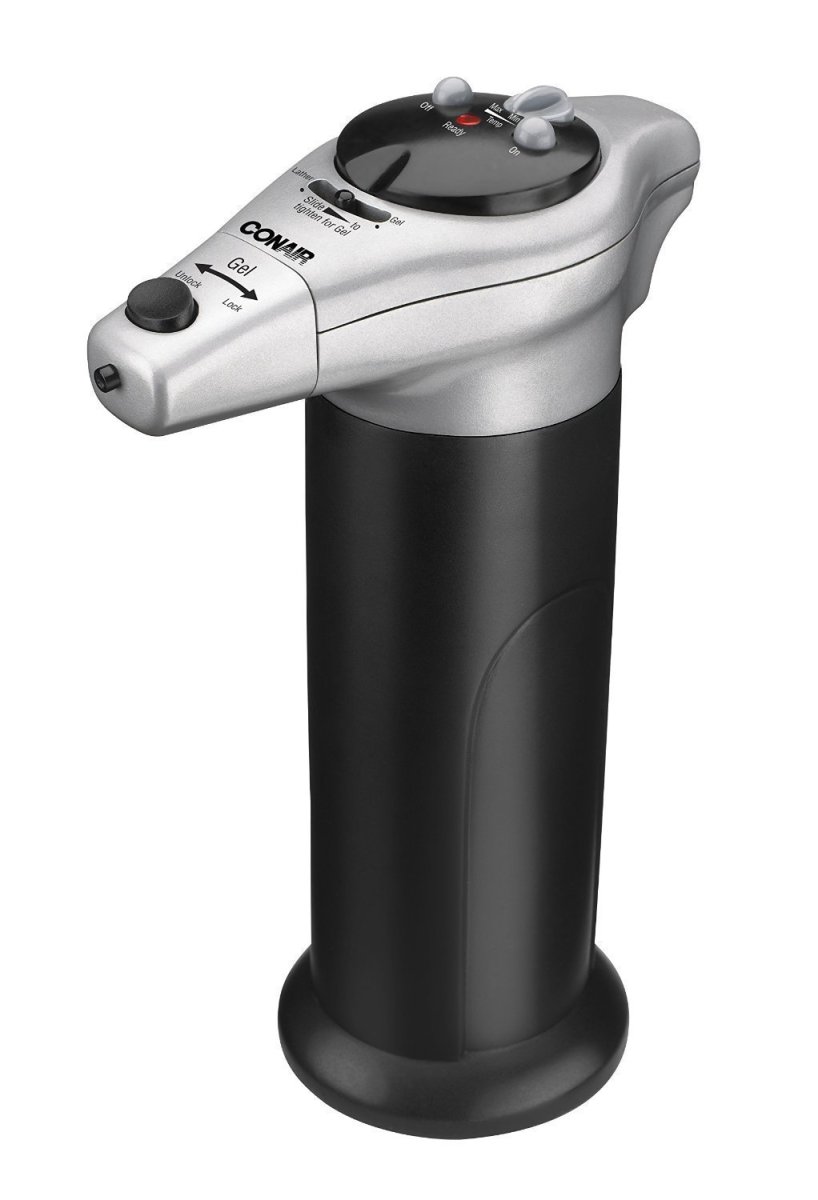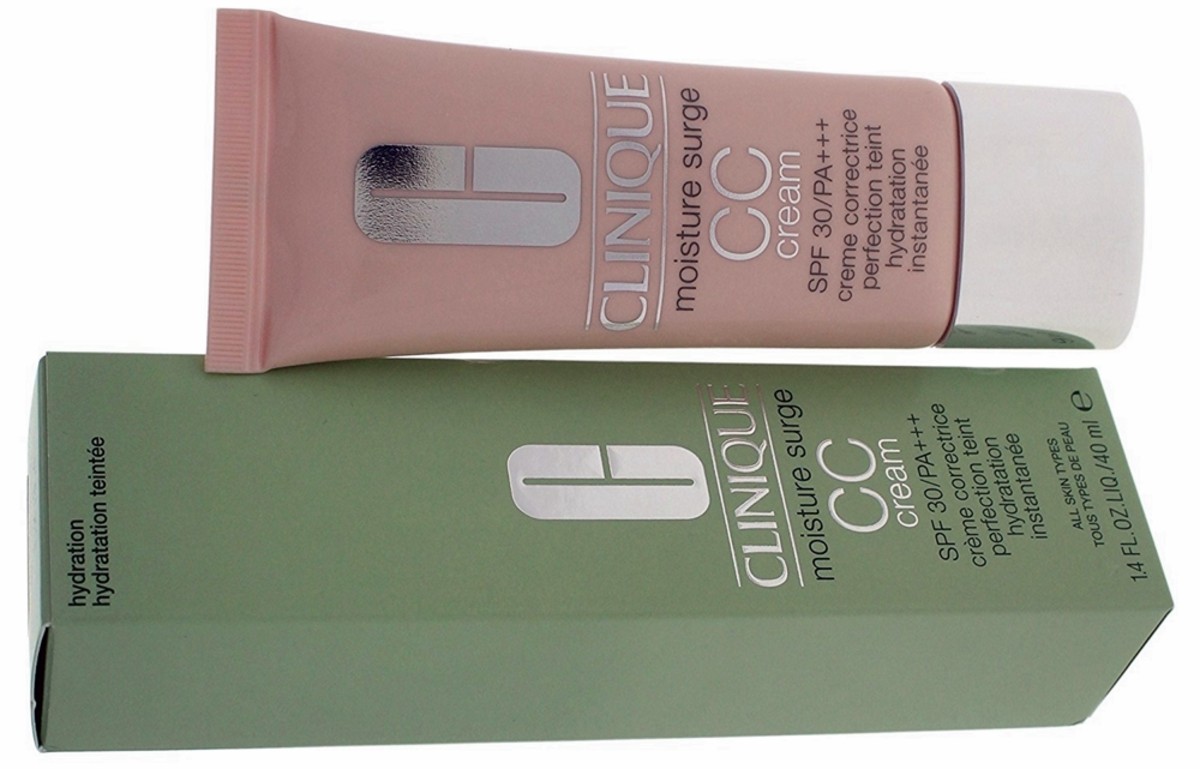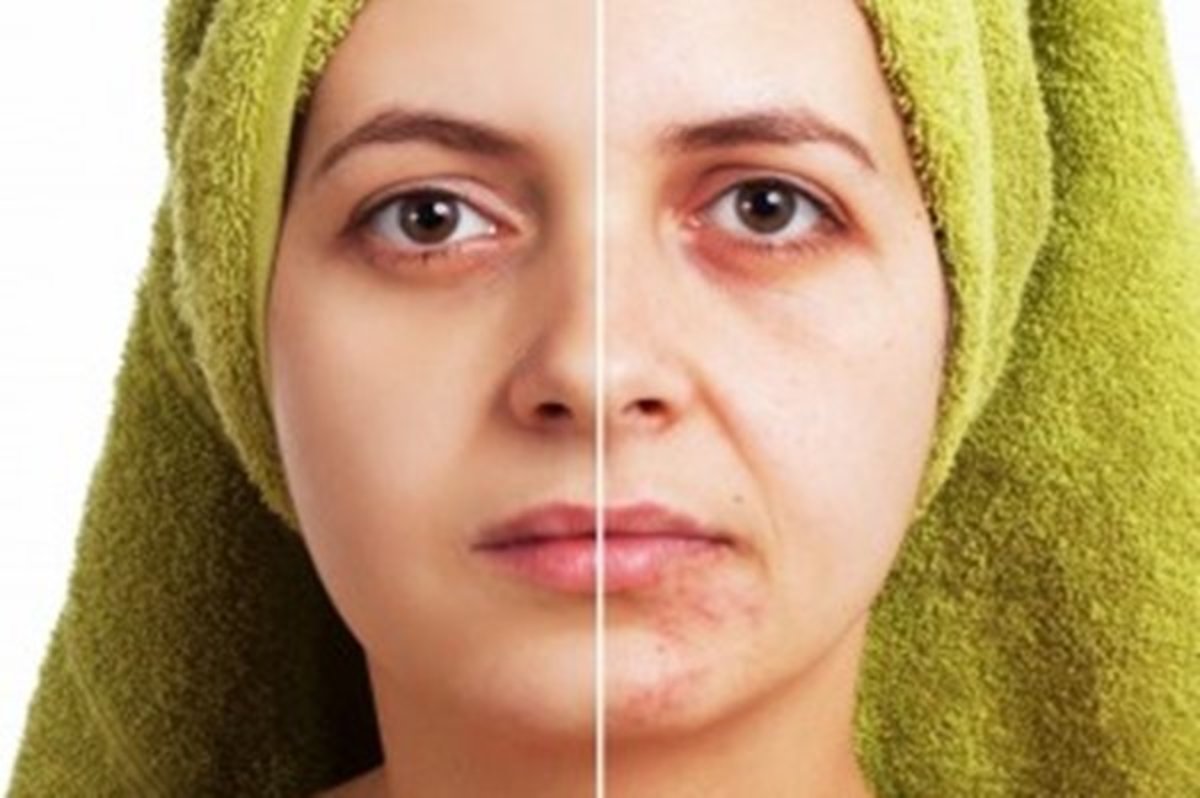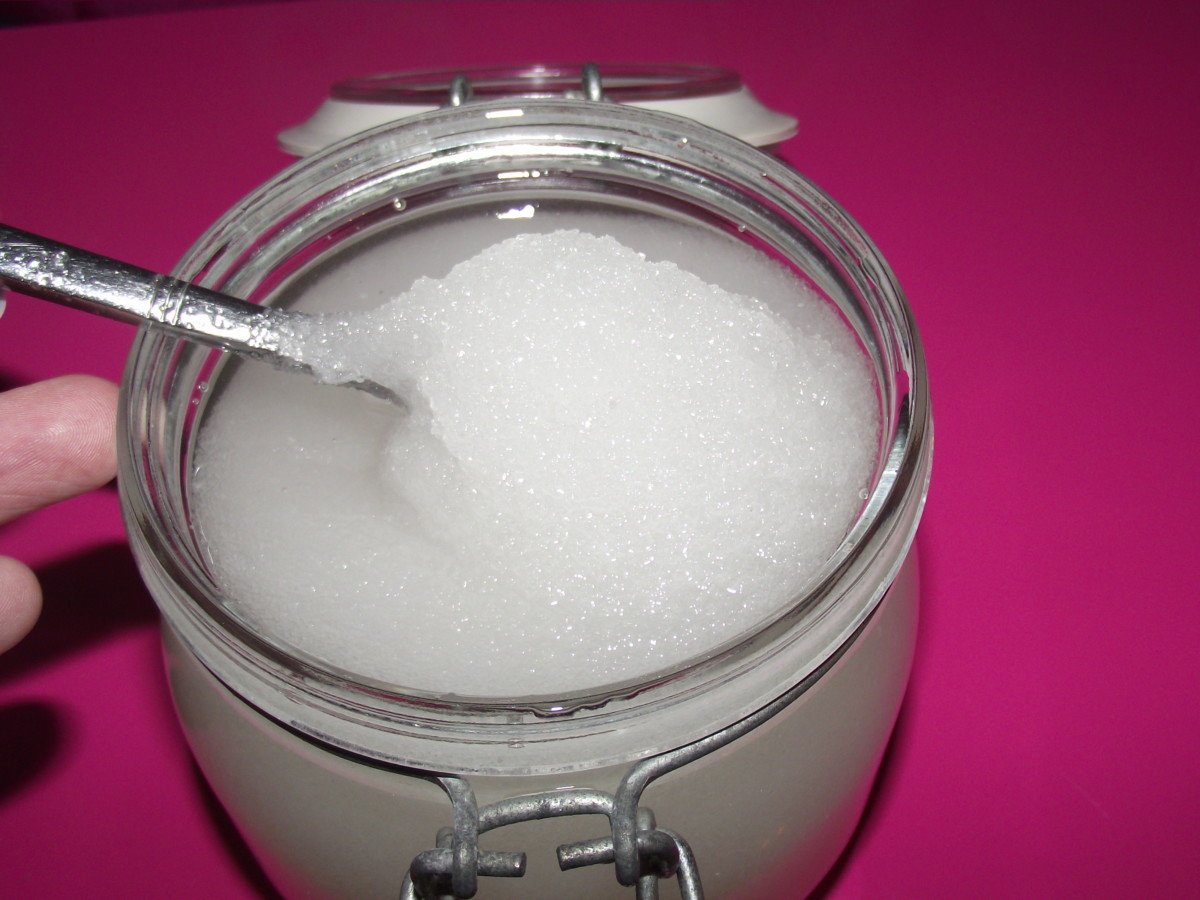Why You Should Not Use Aerosol Shaving Cream
History
The year before the beginning of the second half of the 20th century, the shaving industry revolutionized one of their main products. Before that time, a dab of shaving cream was placed in a mug or a bowl, and was whipped into a lather using a wet brush. After the invention of the safety razor, it was, perhaps, the most significant invention in the industry. No longer would the shaver have to worry about mixing the right amount of cream and water so that the lather would not be too thick and dry, or too thin and runny. That would take a few minutes off of the task, which was welcome news to people who wanted to sleep in just a bit longer.
This matter of convenience, however, came at a price. The content of these creams rejected natural oils and butters that gave a penetrating hydration to the skin, and replaced them with chemicals and propellants that have been shown to cause harm to the skin, especially with long term use. Razor burns and bumps are a more common problem with the advent of these chemically laden creams.
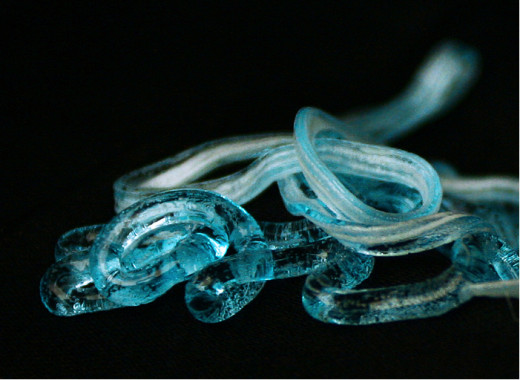
The Propellant
Aerosol shaving creams typically have either isobutane, propane, or butane to serve as their propellant. All of those are alkane hydrocarbons. As the propellant shoots out the cream, it is whisked in and mixed with it. The problem with alkanes on your face is that they are hydrophobic. This is a consequence of their hydrogen saturation and their non-polar configuration. Water is polar. The saturated hydrogen atoms on both molecules will also serve to repel each other. Therefore, alkanes are not miscible with water. As stated in this other article, the object of the shaving cream is to hold water to your skin. Due to the propellant's hydrophobic nature, the cream will actually end up driving water from your skin.
Density
If you have ever experienced whipping up a lather with a good consistency with a traditional shaving cream, you will find it is denser than the lather that comes out of an aerosol can. This also has a lot to do with the propellant component of the can, shooting a lot of excess gas into the mixture. It is true that you will get some air in the mixture when you are whipping it yourself with a traditional cream and a brush, however, it will not be nearly as much, and the gas will be air, and not a hydrophobic alkane. The solid component of traditional creams is also typically denser than the solid base for aerosol creams. The denser material will provide a stronger cohesive layer to hold the underlying layer of water to the skin.
Propylene Glycol
This is another product that is found in some aerosol creams. Shortly put, this can be a very common reason for skin irritation after a shave. Propylene glycol has been shown to cause skin rashes. So, why would anyone shaving want to put that on their skin?
In addition, it is readily absorbed through the skin, and can react with and strip away some of its naturally manufactured oils, thus causing further drying both over short, and especially long term usage.
Sodium Lauryl Sulfate
This is a foaming agent, and it is also used in most large commercial brand toothpastes. The problem is, while some of the ingredients described above have drying properties, sodium lauryl sulfate actually has corrosive properties. It has long term skin penetration consequences, and it also is a penetration enhancer. This means that it can help other chemicals penetrate your skin more easily. The addition of this chemical to a product that is supposed to protect your skin while running a sharp blade over it is completely illogical.
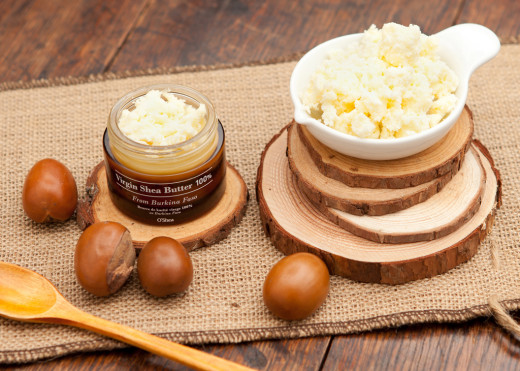
Temperature
There are some who advocate the advantages of cold temperature shaving, however, most still argue against it. And some consider it neutral. However, whichever your preference and philosophy, with a traditional shaving cream and a lather whipped up by yourself, you can choose the temperature of your lather. With an aerosol can, you have only one choice, room temperature. Hot lather is not an option.
Oils
Traditional shaving creams contain essential oils, some of which also act as fragrances. Lavender, cedar, rosemary, and sandalwood rank as the most popular fragrances for the traditional creams. There are also citrus oils available as well. Coconut oil is also often used as a lubricant aid, and olive oil is sometimes utilized as well for hypoallergenic and protective purposes. Most aerosol fragrances are made from synthetic chemicals which can irritate the skin. These essential oils help give a superior shave due to the fact that they aid in providing a smooth glide, while not driving away the water, as they are not hydrophobic, but hydrophilic and miscible. Another advantage is that some of these essential oils, especially lavender, are health beneficial when they are absorbed.
Solid Components
The solid parts of traditional creams are either natural soaps, or shea butter, or a combination of both. Shea butter has several benefits. It is a very versatile ingredient that is used in natural beauty products. It has proven anti-inflammatory properties, especially the component of a cinnamic acid derivative. The fatty acids that are also present in this butter serve to aid in the skin's manufacturing of collagen.
While many aerosol creams use stearic acid, shea butter contains a multitude of fatty acids in higher concentrations.
Exfoliation
One important variable not to be overlooked is the workability of the cream. Traditional creams are whipped up with a lather, and most of the resulting lather is contained in the saturated brush. The vigorous whisking action of the hairs of the brush provide exfoliation for the skin that simply rubbing cream on your face with your fingers cannot. The brush hairs help to loosen and remove the dead skin particles. Another advantage the brush provides that the fingers cannot is the effective lifting of the hairs to make them easier for the blade to cut.
What does this have to do with which type of cream you use? The density of a lather made from a traditional cream allows it to be substantial when subjected to the vigorous exfoliating rub performed with the brush. The weak, gassy lather of the aerosol cream, when exposed to that same whisking force on the skin, mostly clears away from the area being rubbed, and does not provide a substantially thick layer of lather. The advantages of the brush should not be underestimated, and is most effective with a traditional lather.


